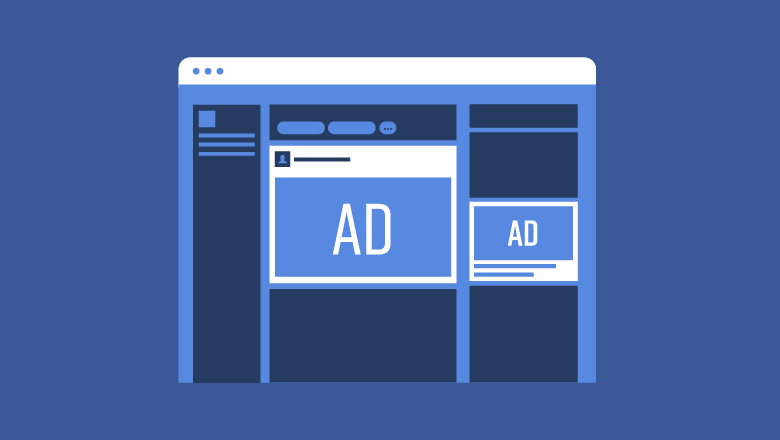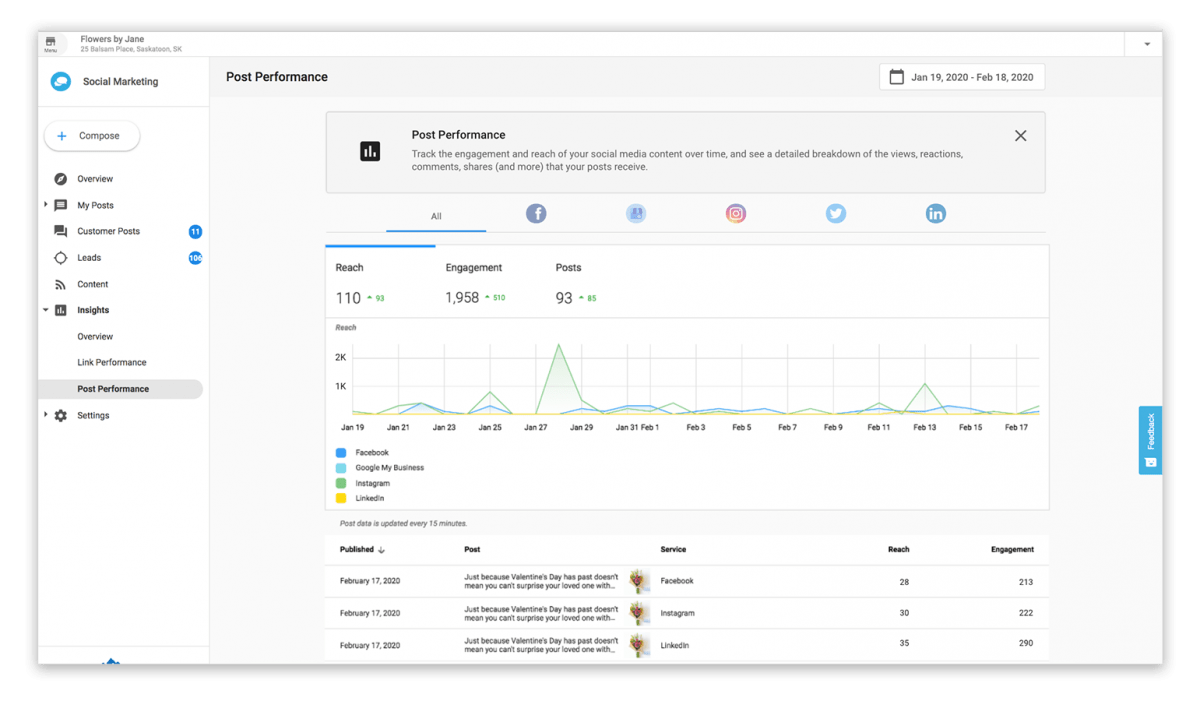This is the equivalent of someone asking you where would you like to go for lunch. That depends. There’s no one answer. In the case of Facebook advertising, that would depend on your business model and market competition.
What are your goals and KPIs? You first need to define your target as it would determine stats that should be tracked to measure your goals.
It is crucial to think like a user and more like an advertiser. It is an open secret that Facebook’s business model is centered around the manipulating of people’s emotional experiences using their platform. Advertisers who use this platform see likes, comments and any other metric as metrics. You may feel good about an ad receiving a lot of likes but that doesn’t translate into true success.
Confused? Here are some examples. You’re an aspiring influencer and you want to get more popular on social media, you need to focus on tracking your followers. Now if you use social media to promote your website and attract listeners to your podcast, you’re measuring conversions. If your target is to increase engagement and loyalty, then engagement rate holds more prominence.
Audience Engagement – Are people engaging with the content you’re producing? Facebook defines engagement as post Clicks, Likes, Reactions, Shares and Comments. If people are not engaging, something is wrong and you need to recalibrate your campaign or check your goals.
Audience Reach – This is the number of individual people that have shown interest in your business product or service. Why should this matter – simple. If your objective is to reach as many people as possible, this can help you understand how effective your campaigns are.
CPM (Cost Per Mile) – This measures how much you are paying per 1,000 impressions. CPM is determined by a range of variables. Social media ads that rank low in relevance also tend to have higher CPM’s. If your ads are being served to a smaller audience than you predicted, you may want to look at your CPMs.
CTR (Click-Through-Rate) – The percentage of impressions that click on your ad.When should it matter? – CTR is a metric you should optimize if you are trying to direct people to a landing page. One should always consider the Audience, Messaging Strategy and length of Sales Funnel when assessing CTR. While in most cases a high CTR is great, it’s important to look at things in a contexal way. For example, a wide audience may have a much lower CTR than an audience that has similar interest to your business’s product or service. However, that same wide audience that has a low CTR may still provide more page visitors as the CPM is lower allowing the ad to reach more people.
Frequency Score – This metric indicates how many times on average your audience has seen your ad. Why does this matter at all? As your Frequency Score increases , the likelihood that your selected audience is fatigued from seeing that ad also increases.
Impression – The number of times your ad appears on a screen. It is similar to Audience Reach in that it is a simple and useful metric. It helps calculating your ads’ performance.
Page Likes – A count of people who like your page after interacting with an ad. If your goal is to build a community or at the very least inform your customers, focus on increasing the amount of likes. Once someone likes your page, they will begin to receive organic posts in their news feed.
Relevance Score – This metric calculated based on collected positive and negative feedback from your audience.This score can range from from 1-10. Facebook rates ads with a relevance score of 3 and below as irrelevant and ads with a score of 8 and above as highly relevant.
In a nutshell, Facebook Advertising is contextual. There is not one correct metric on which everyone should focus. Since that’s all clear for you, you should start defining your goals and KPIs and then choosing metrics which will measure your targets.




